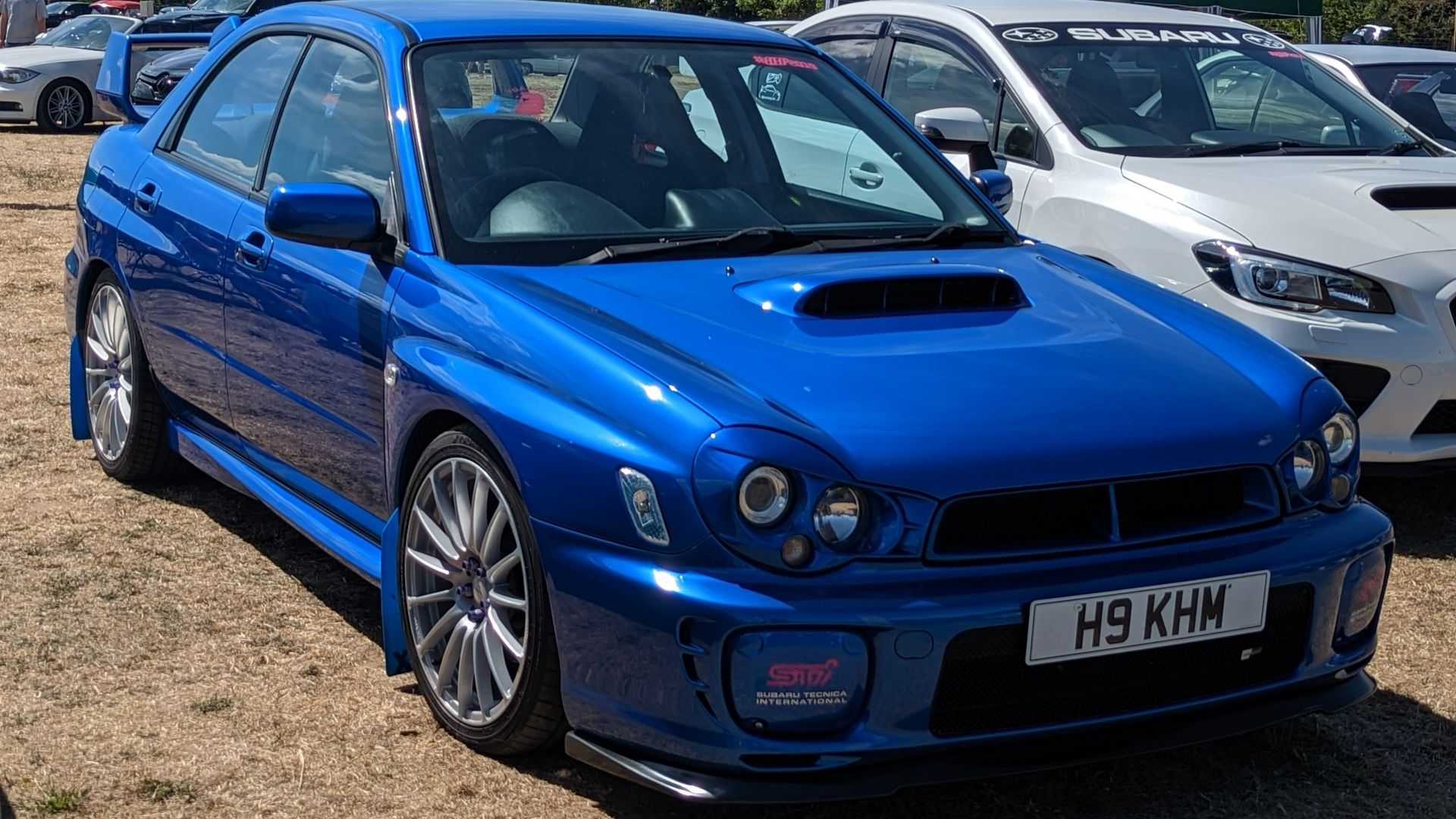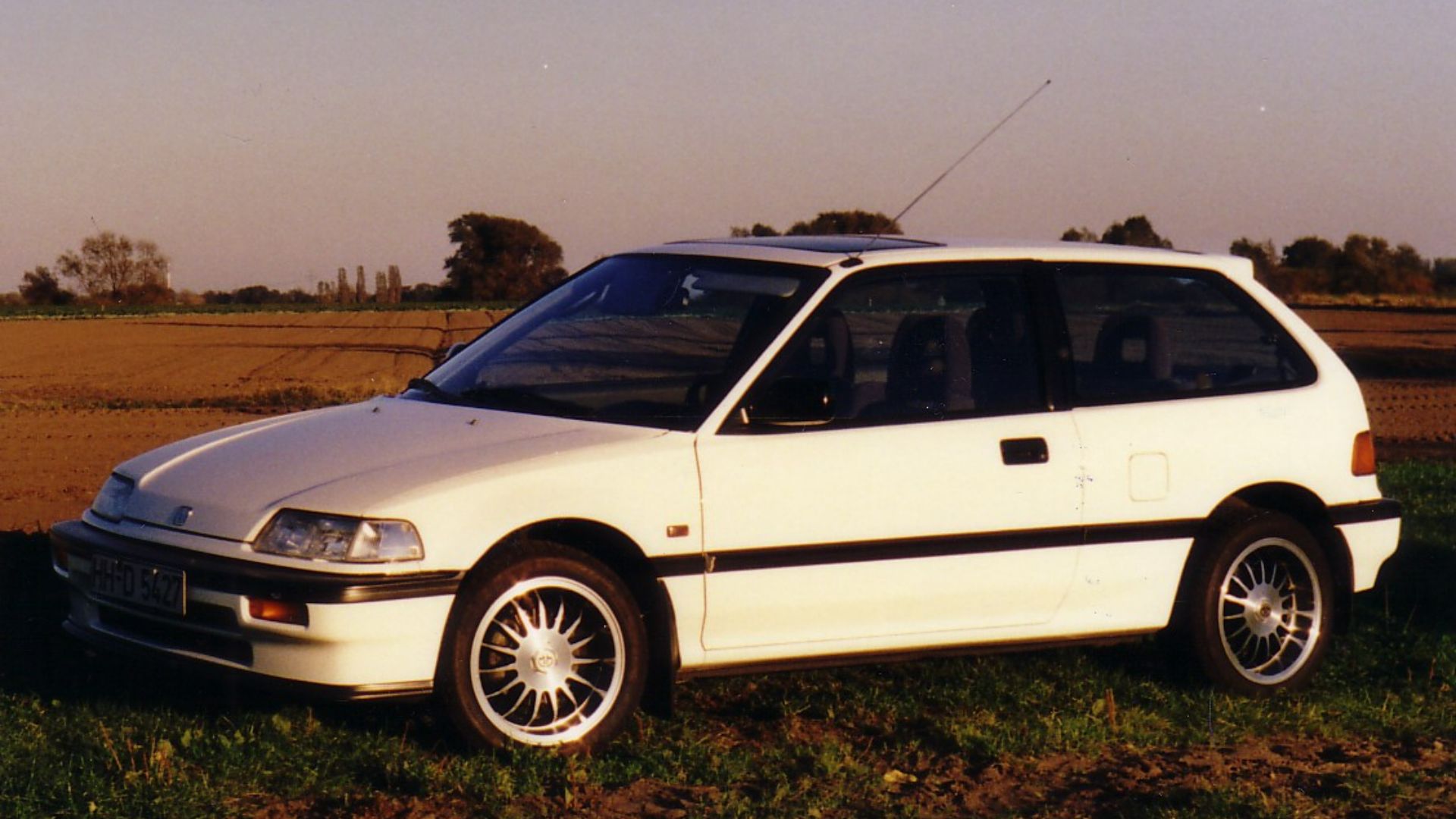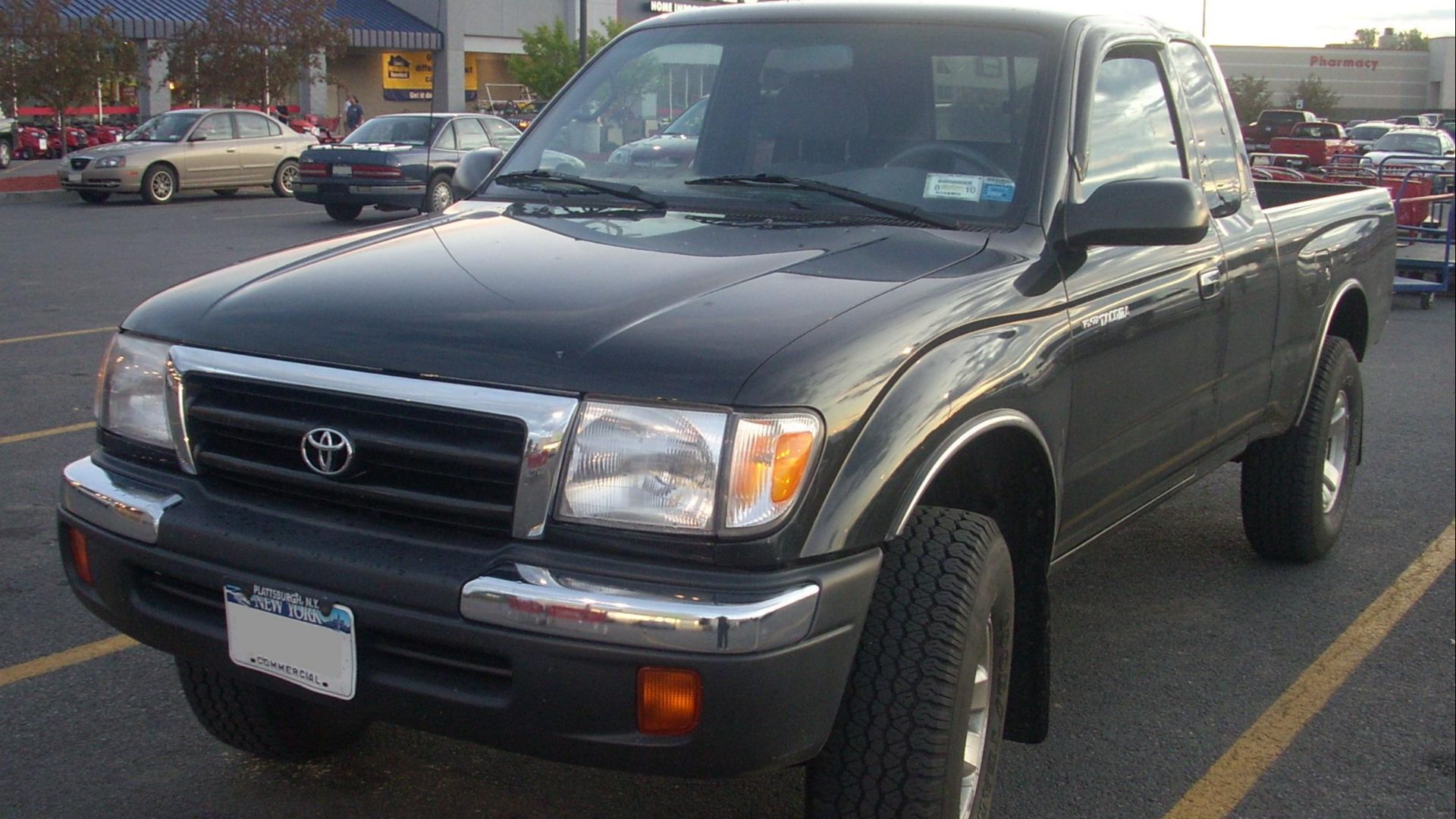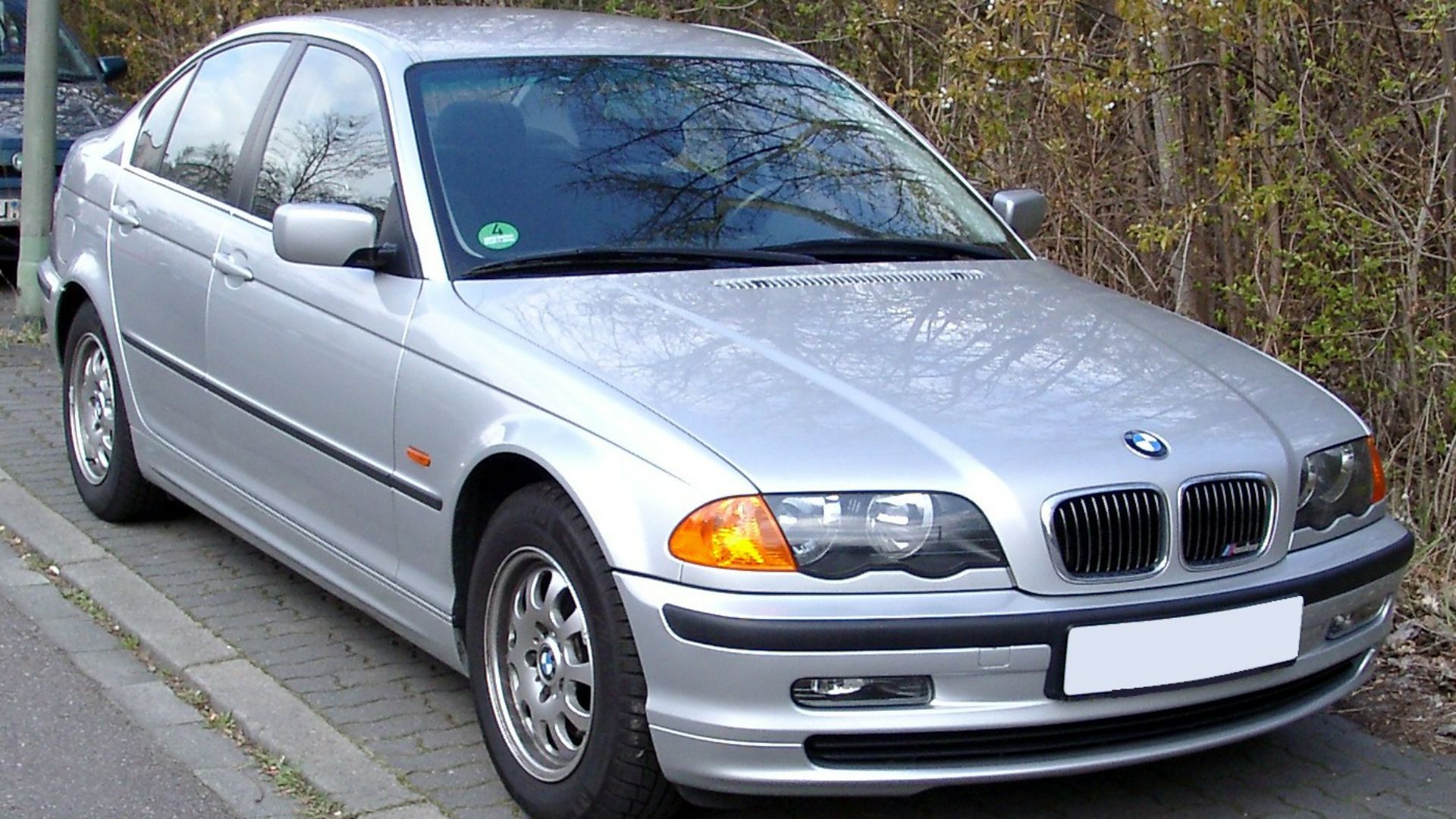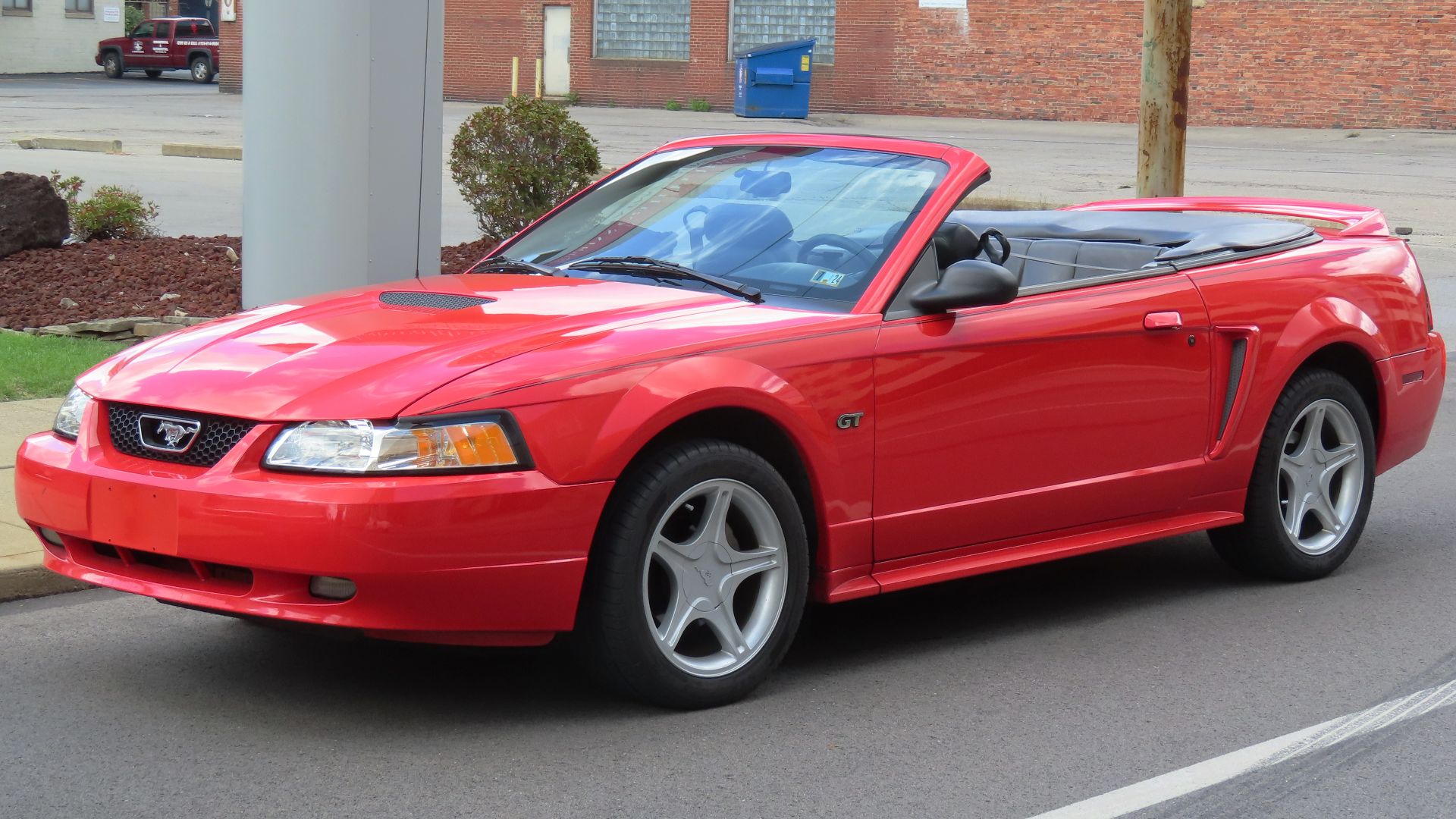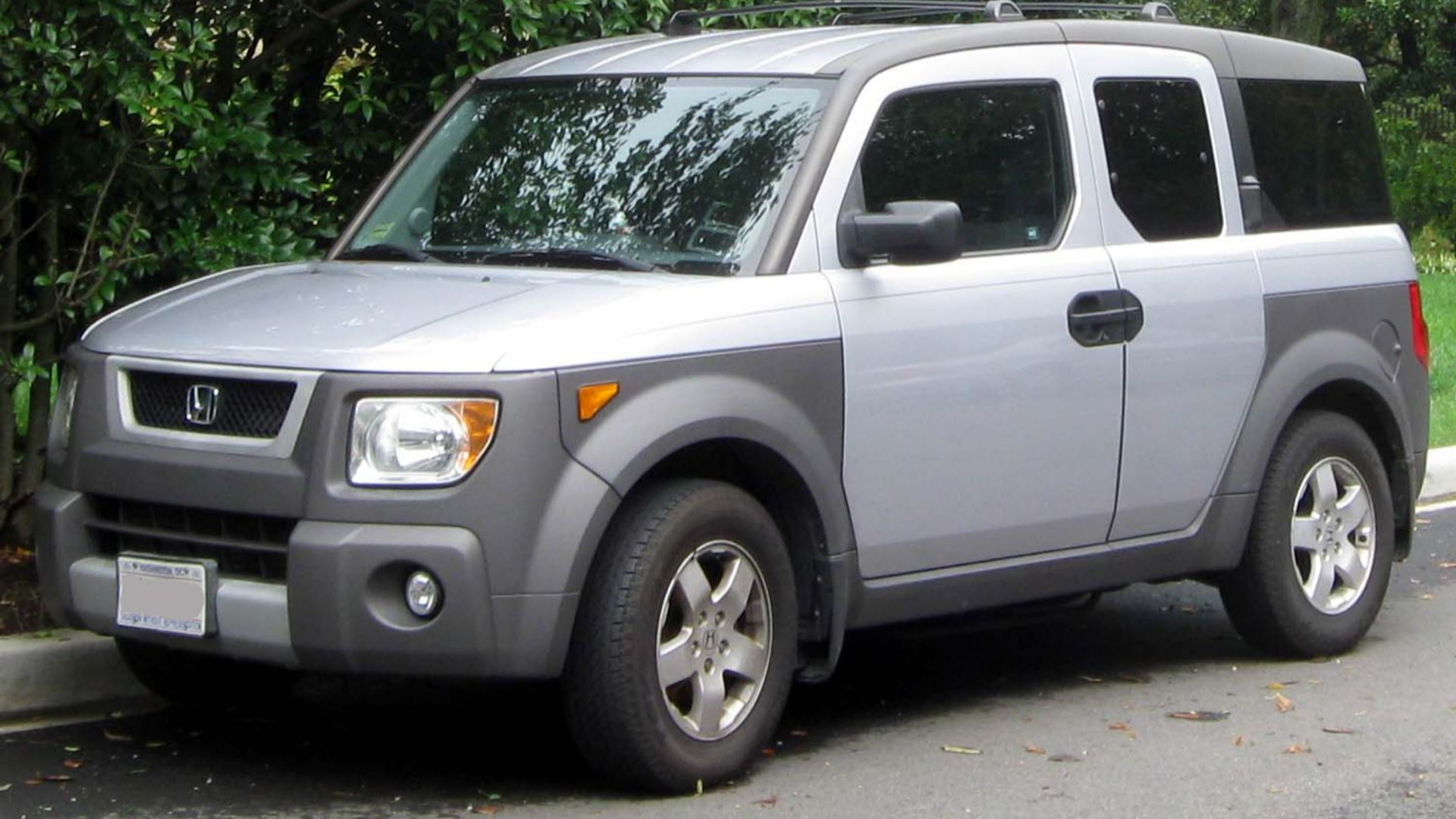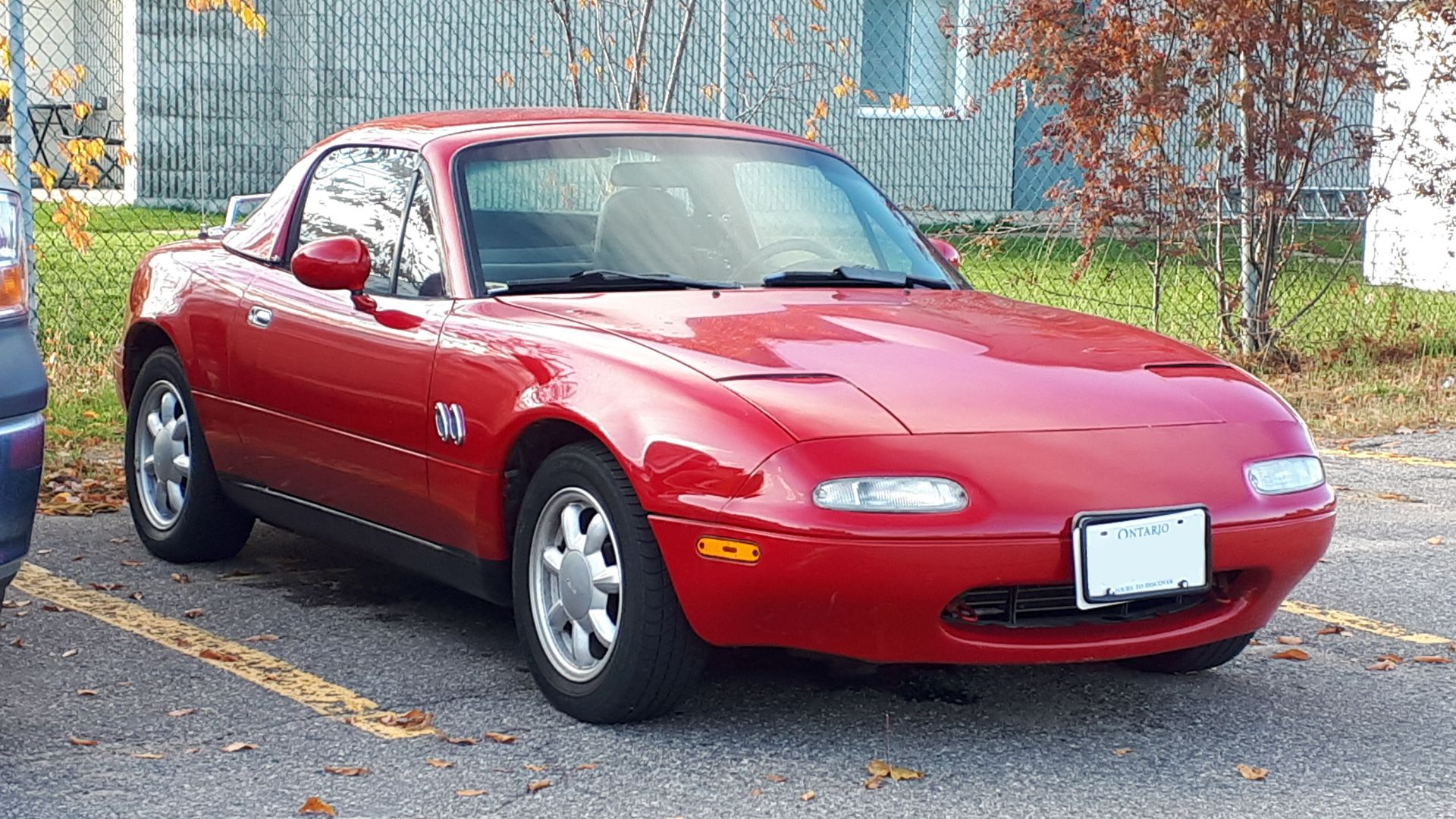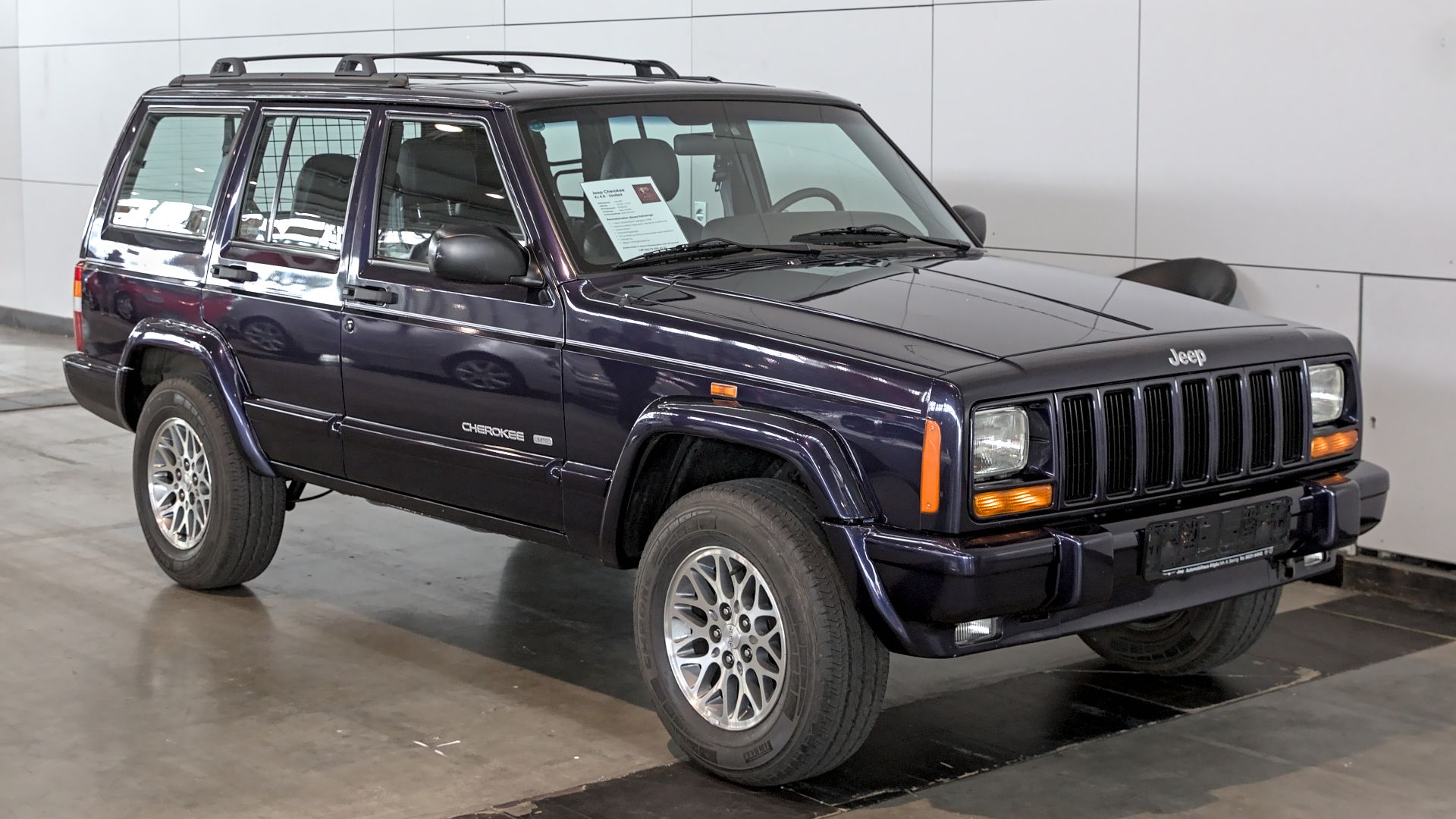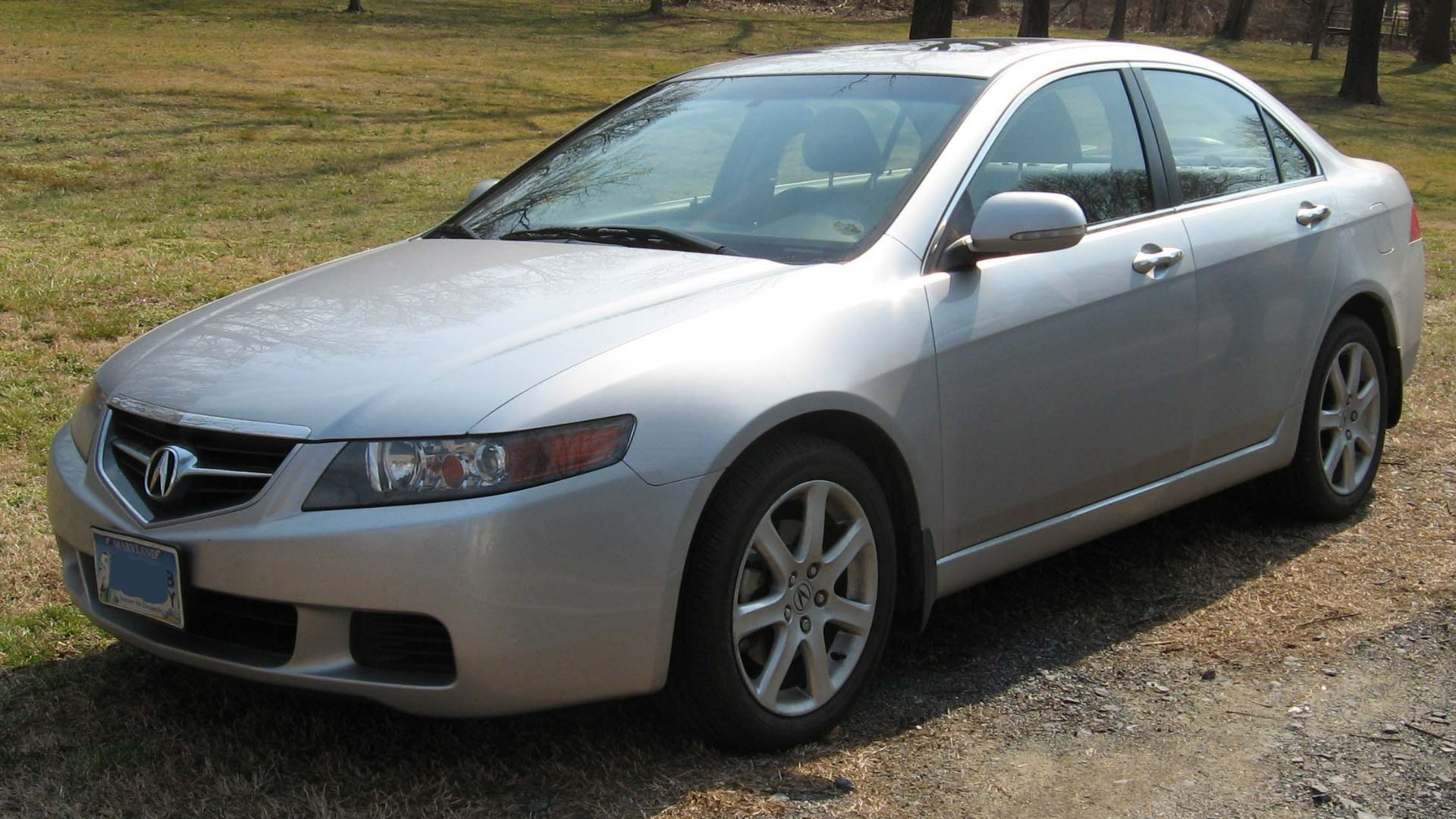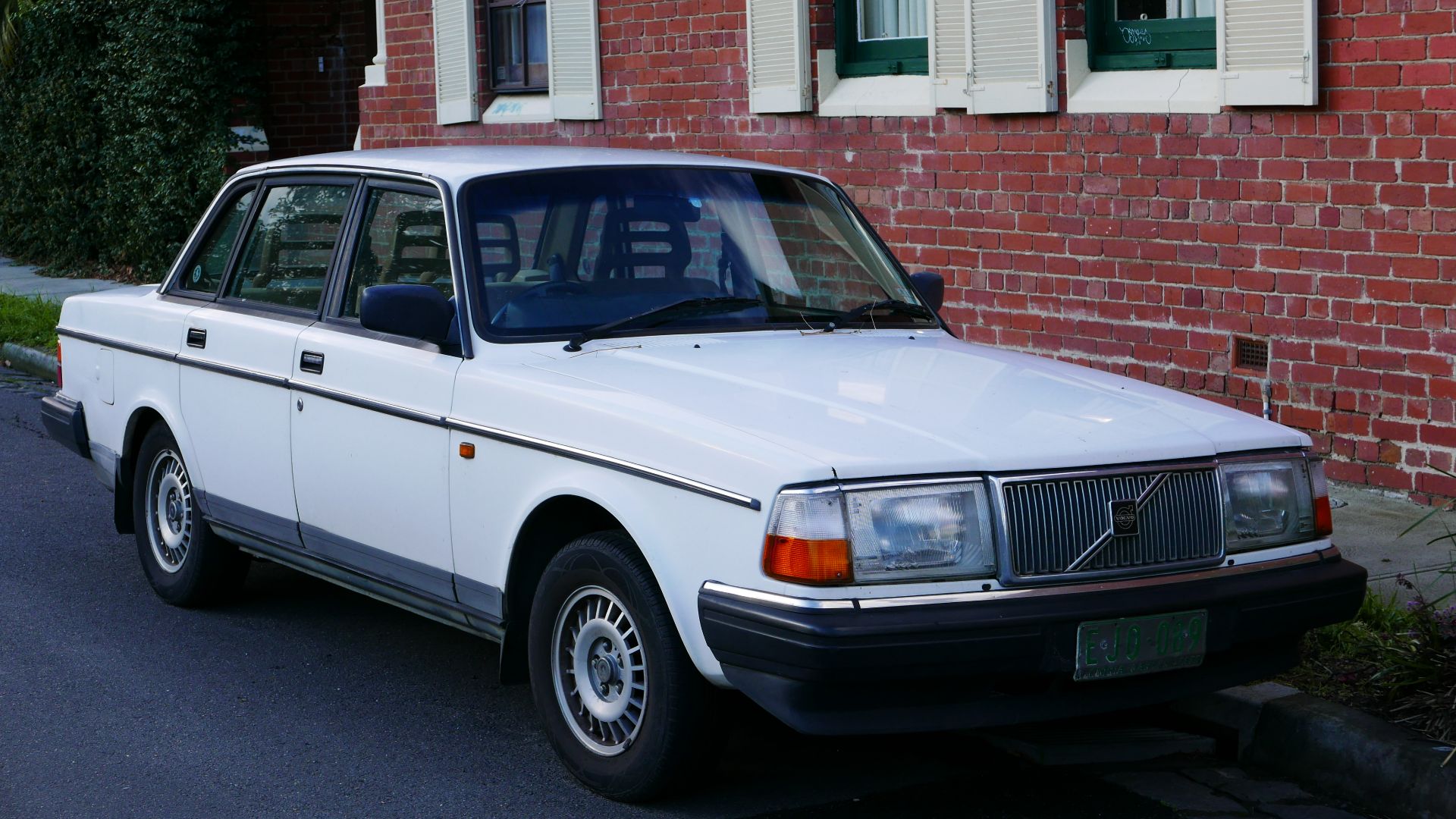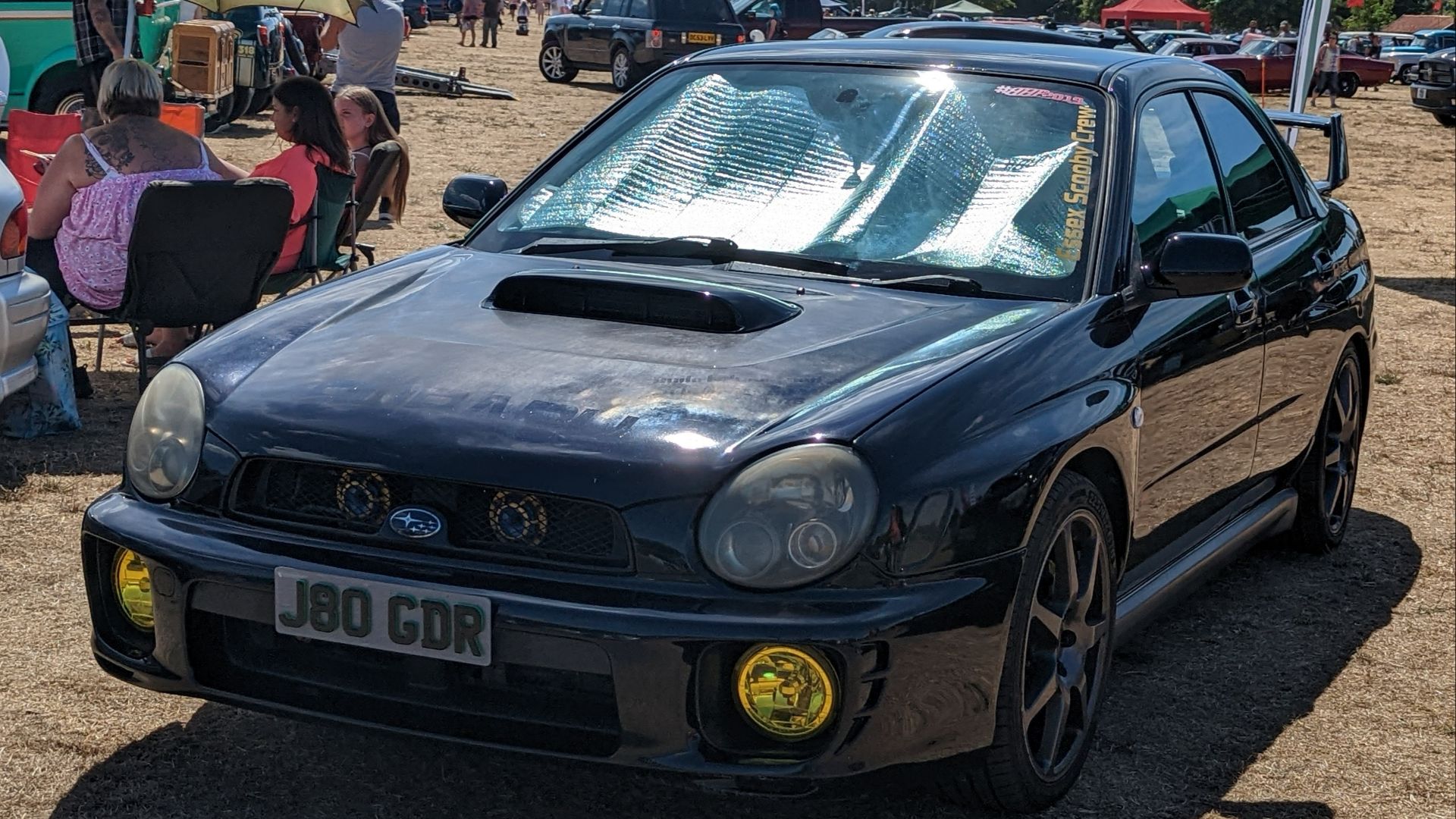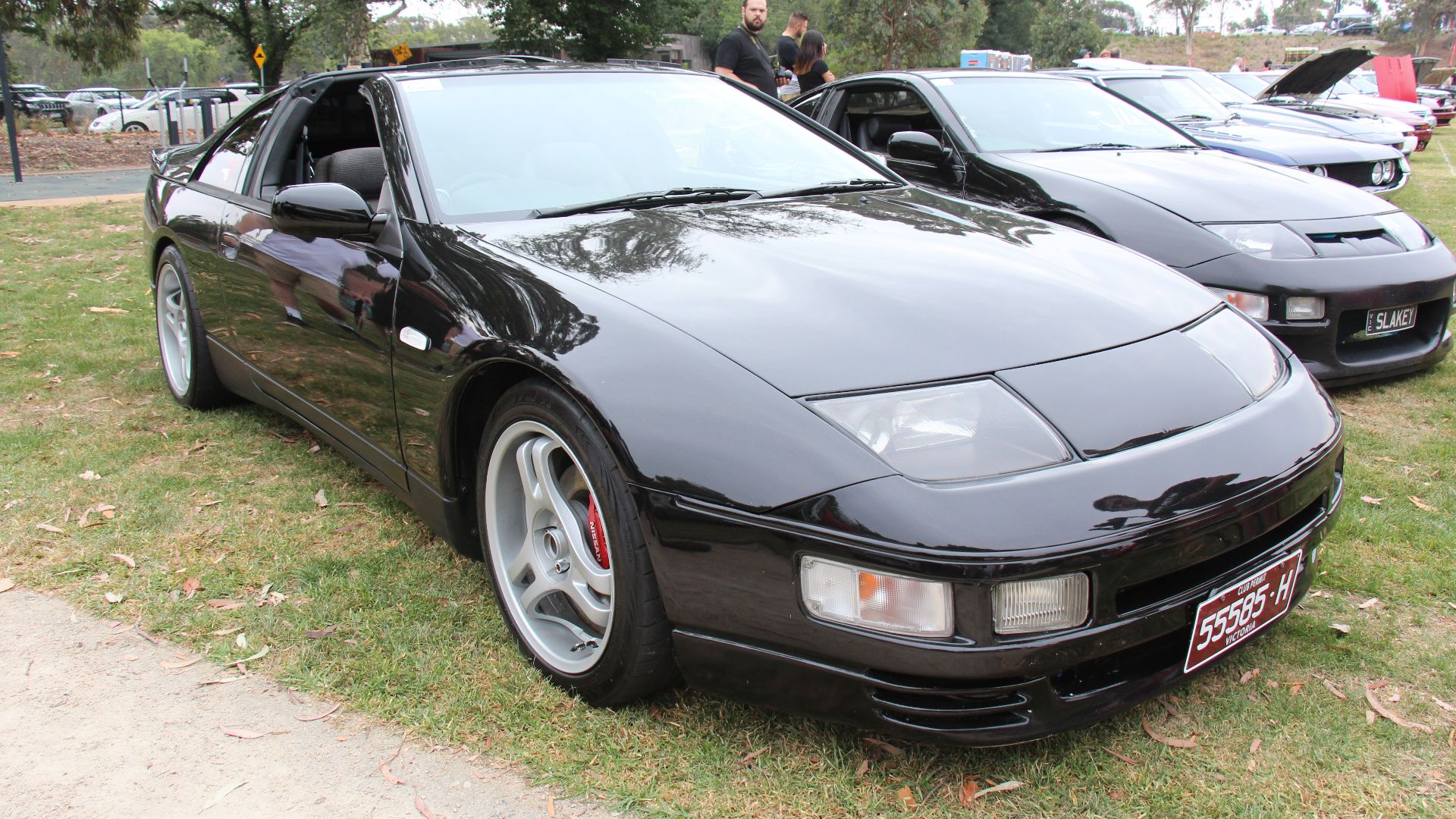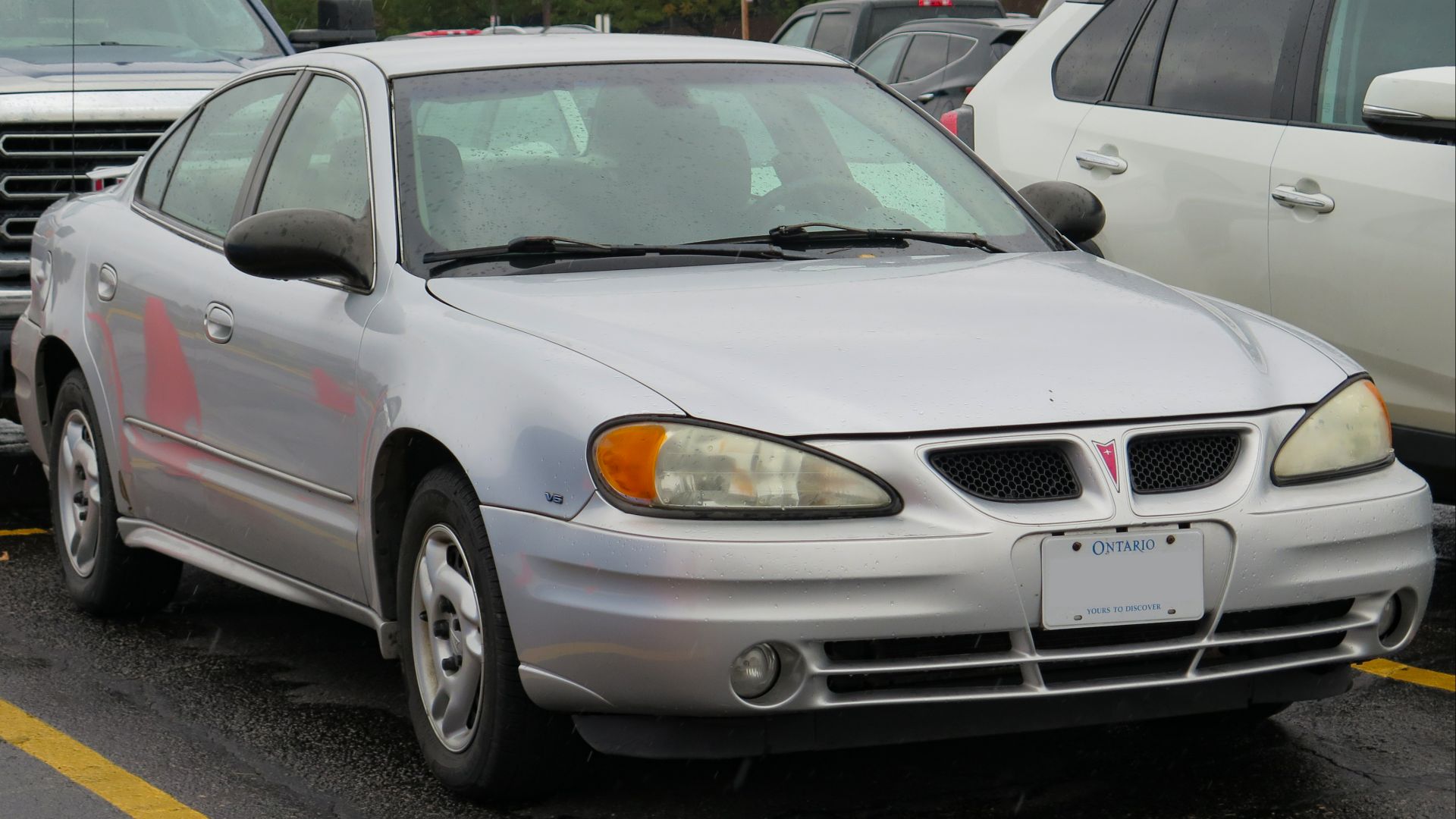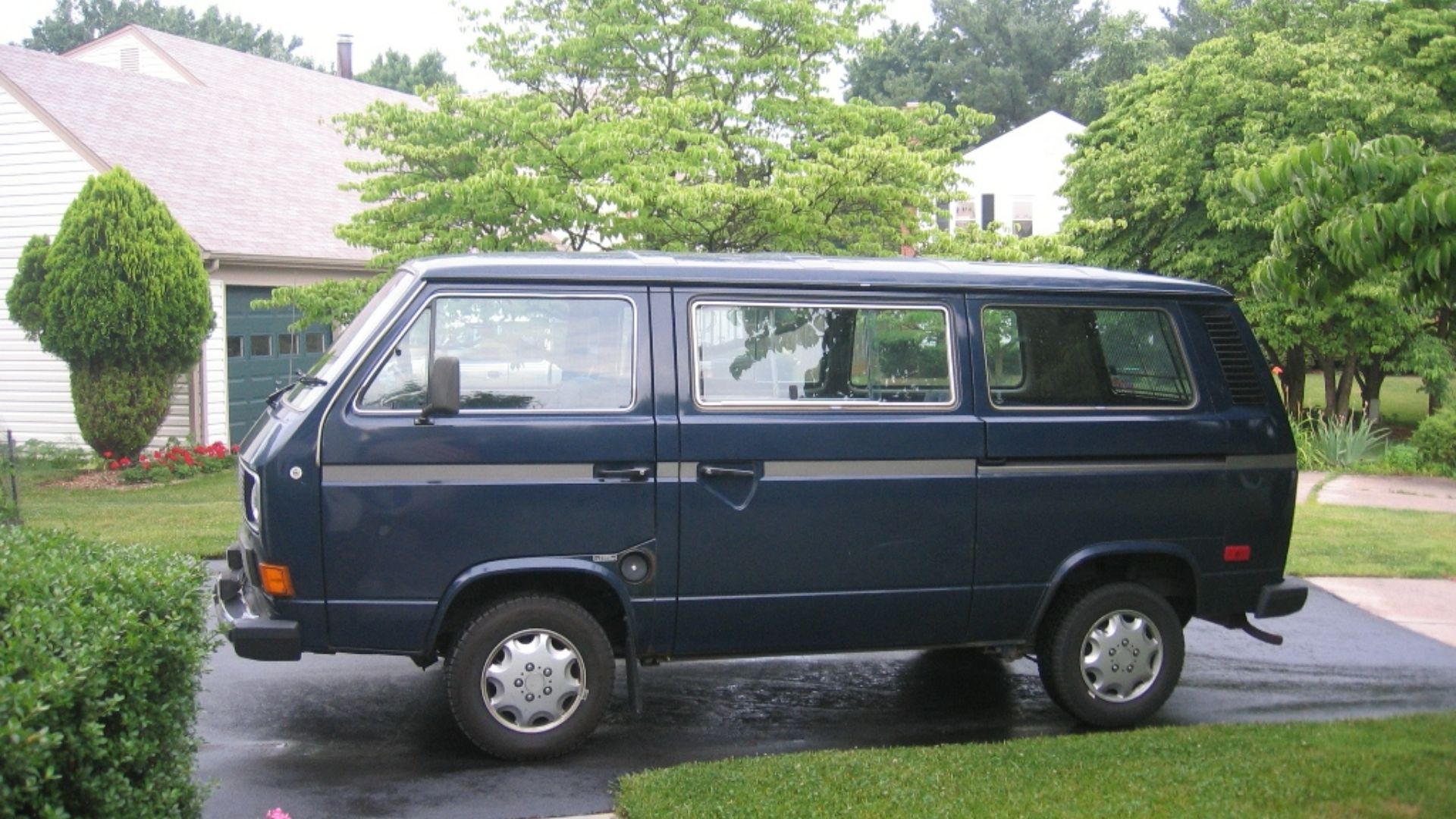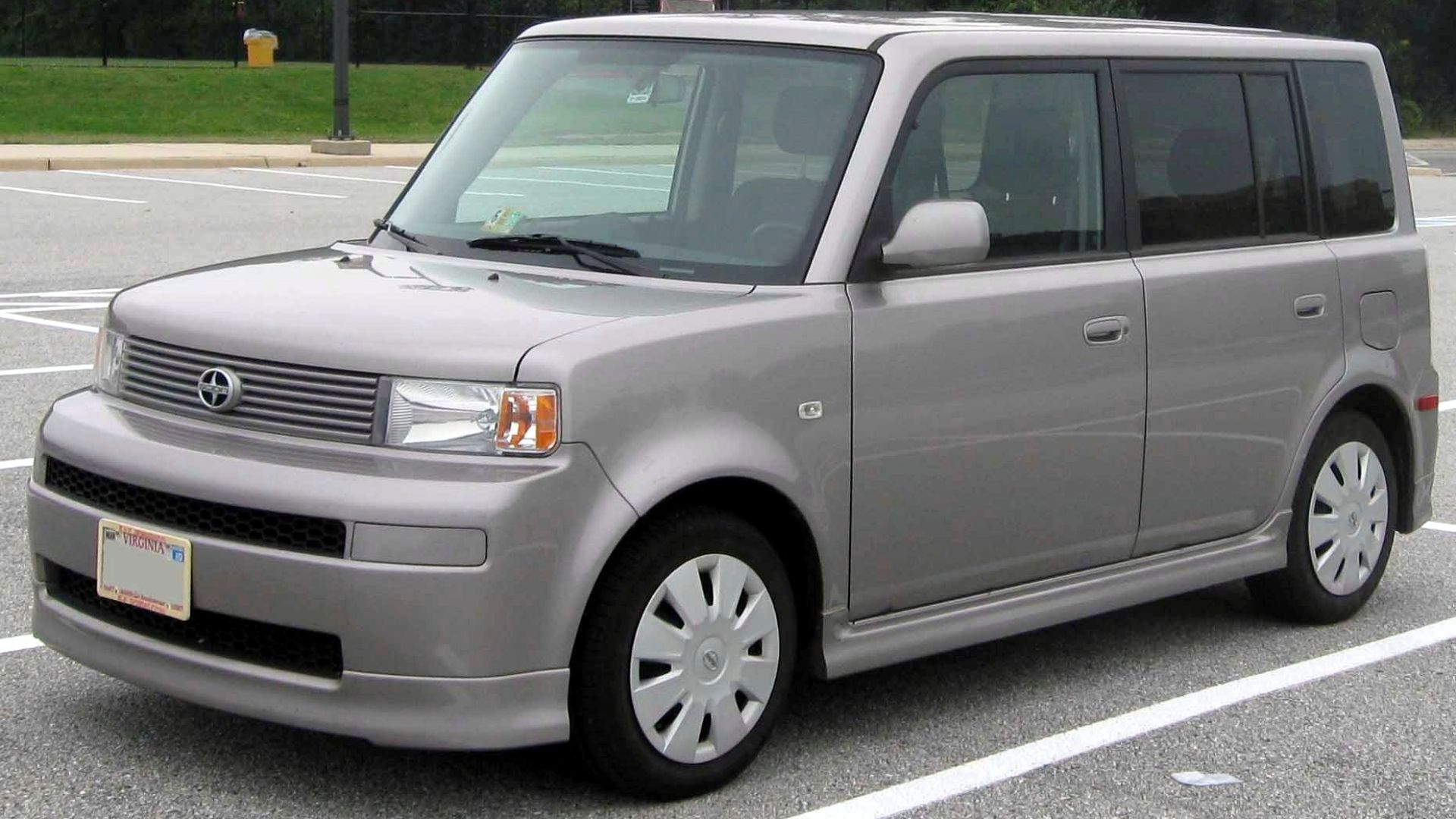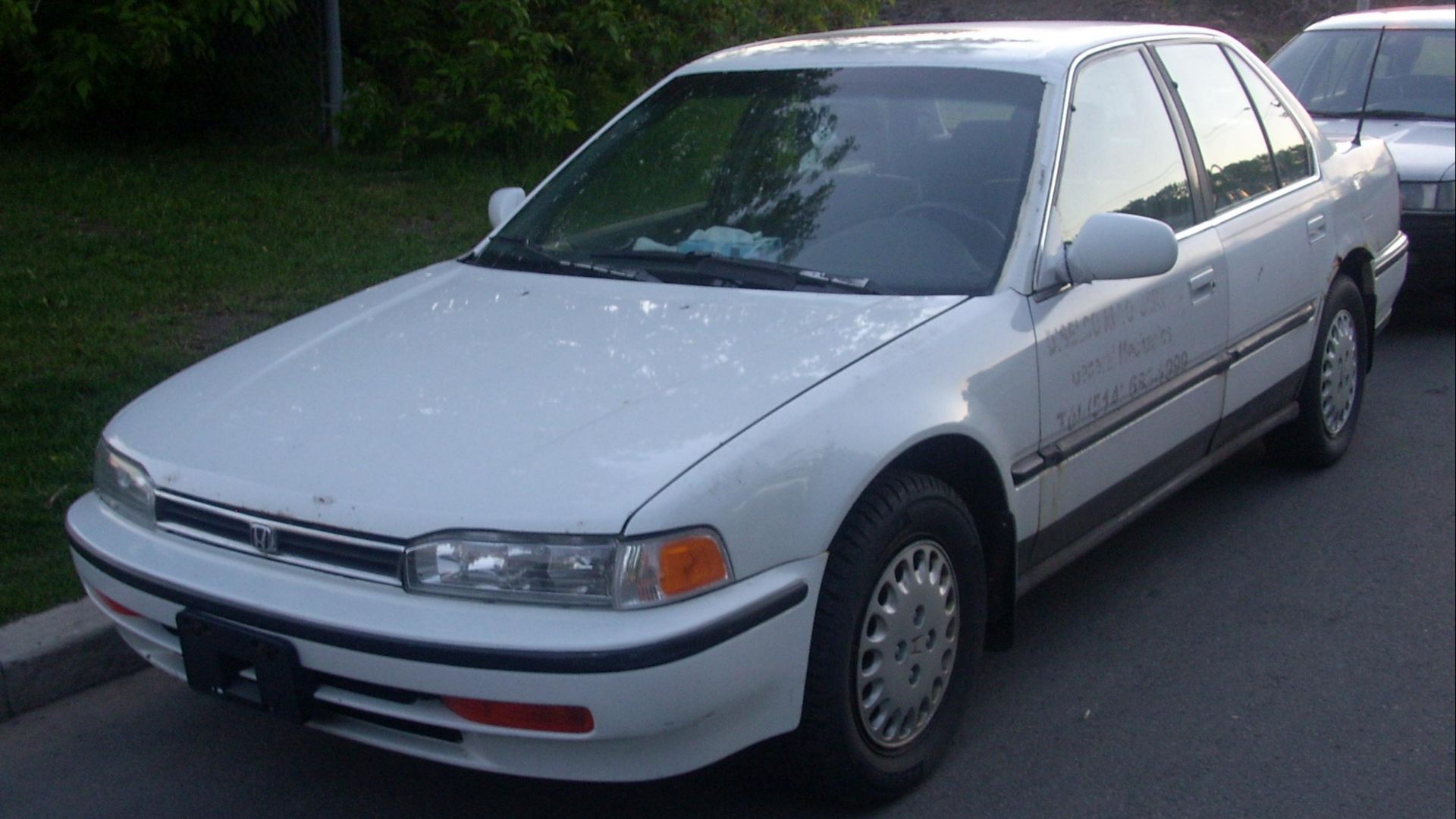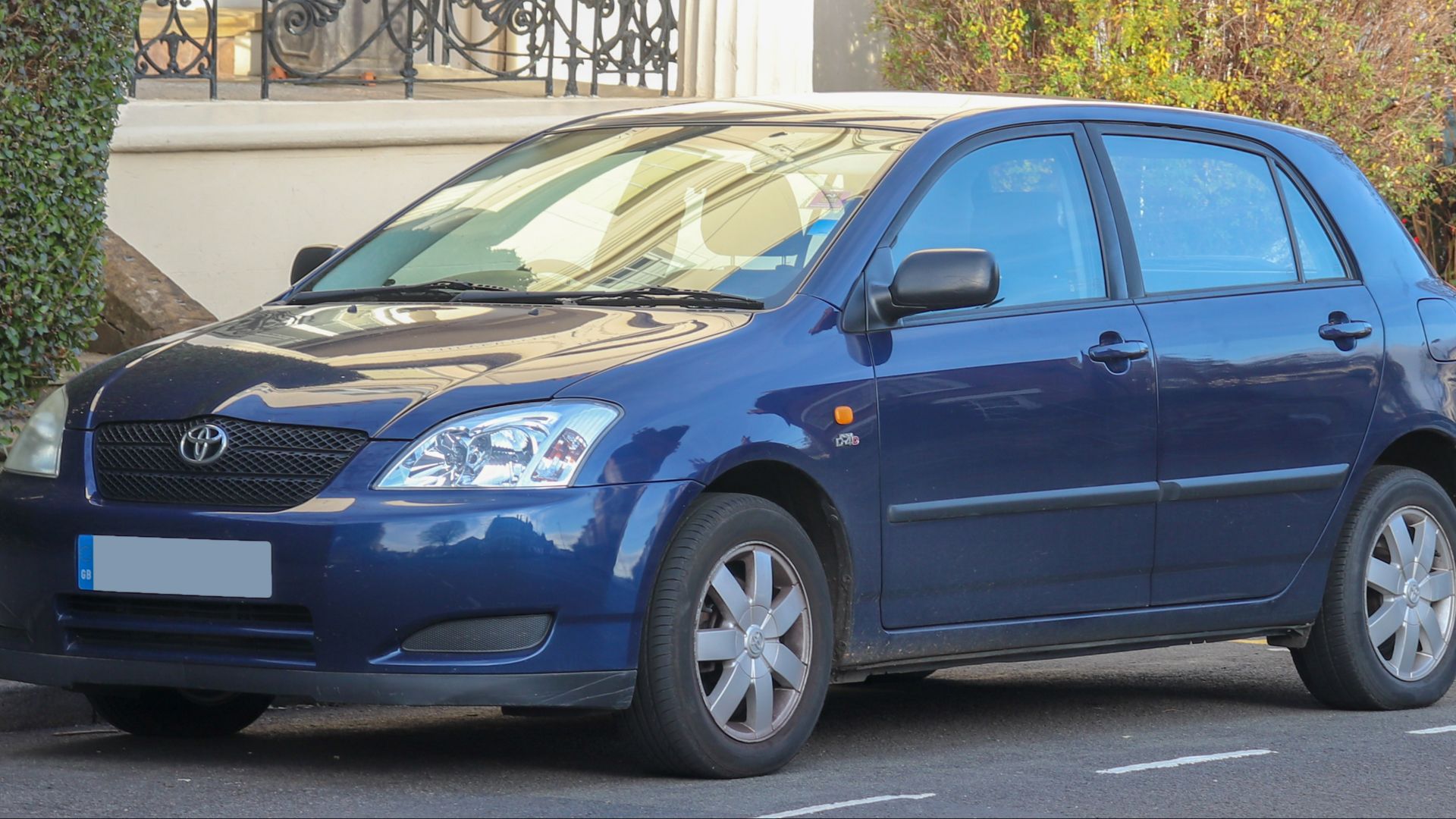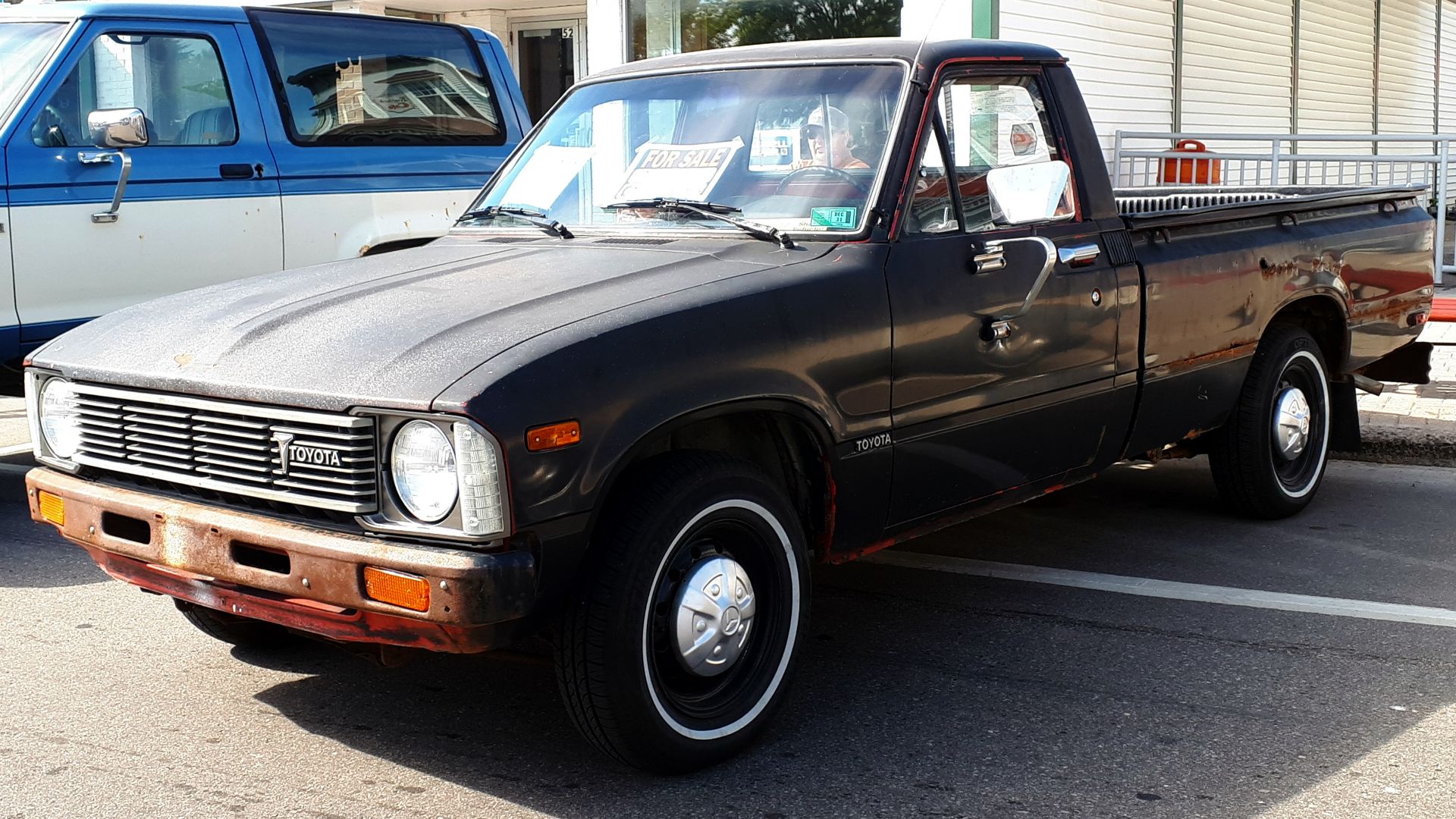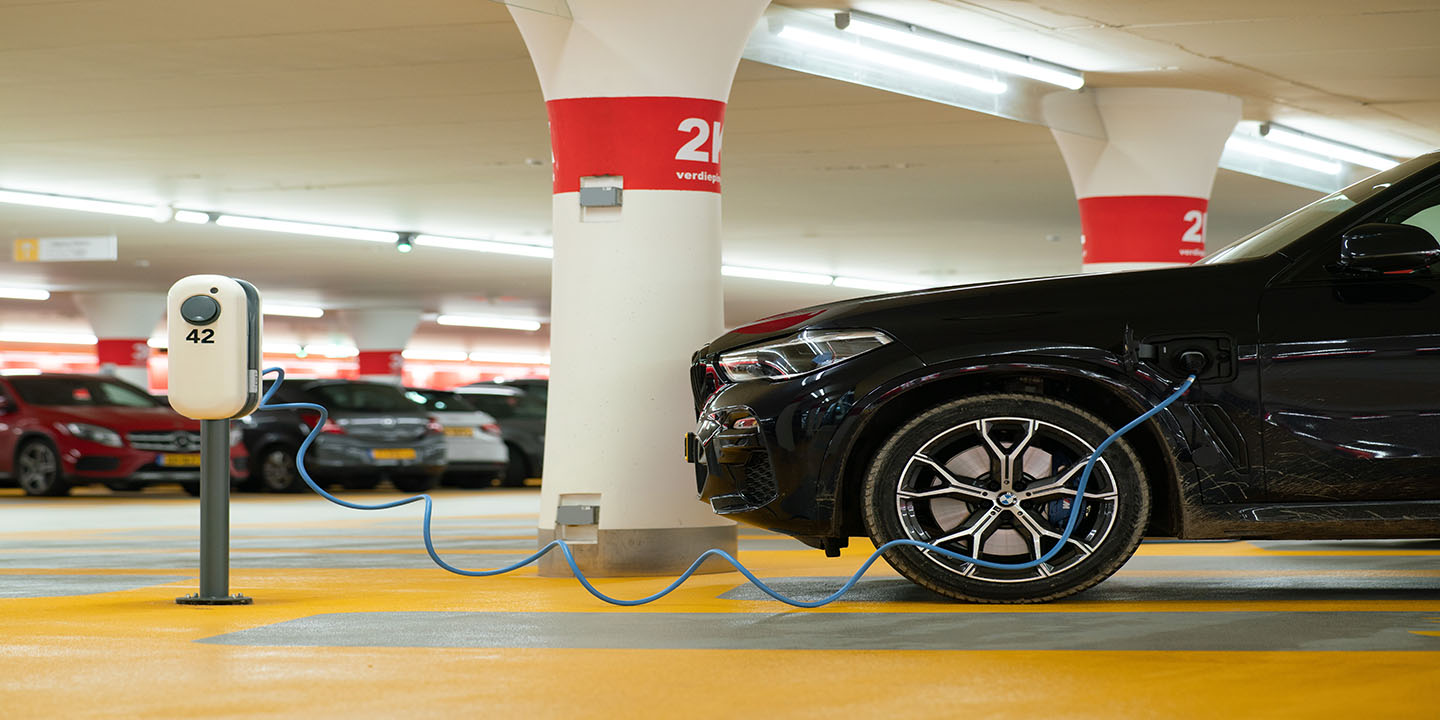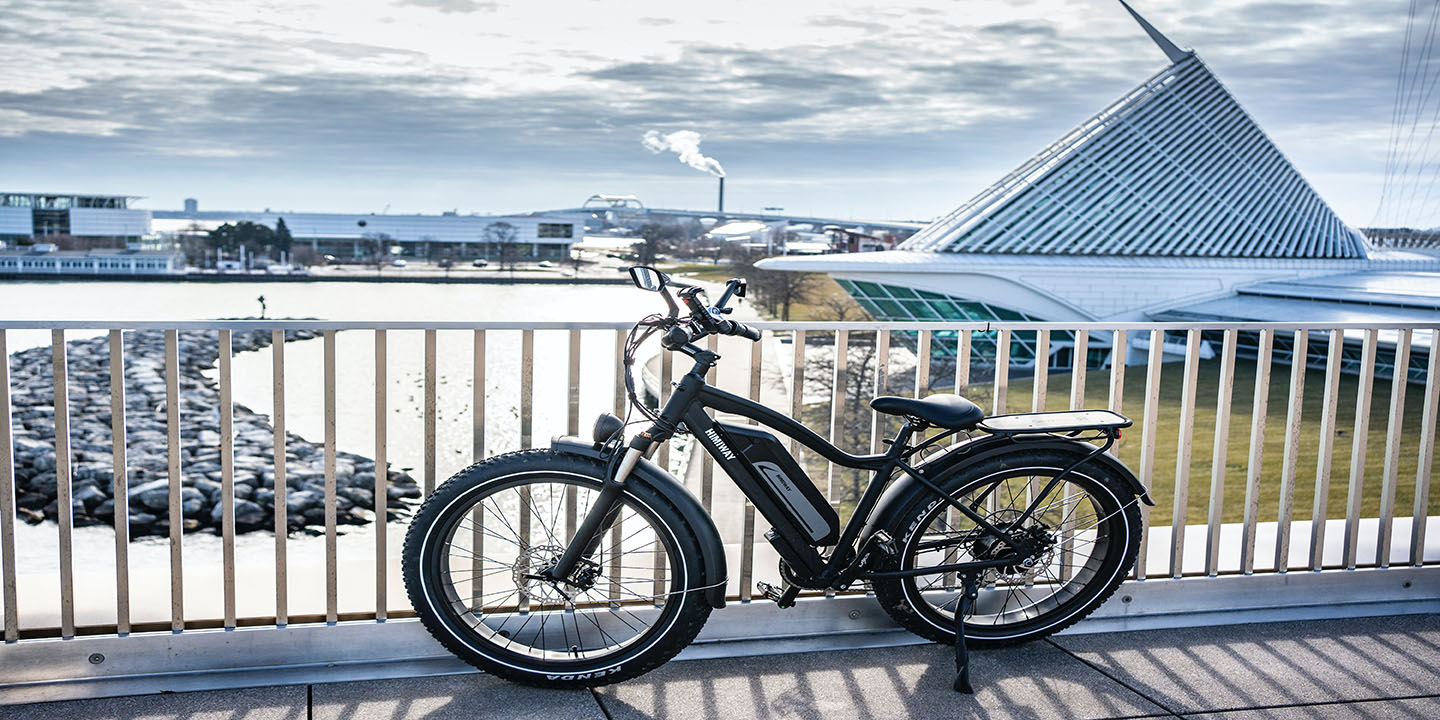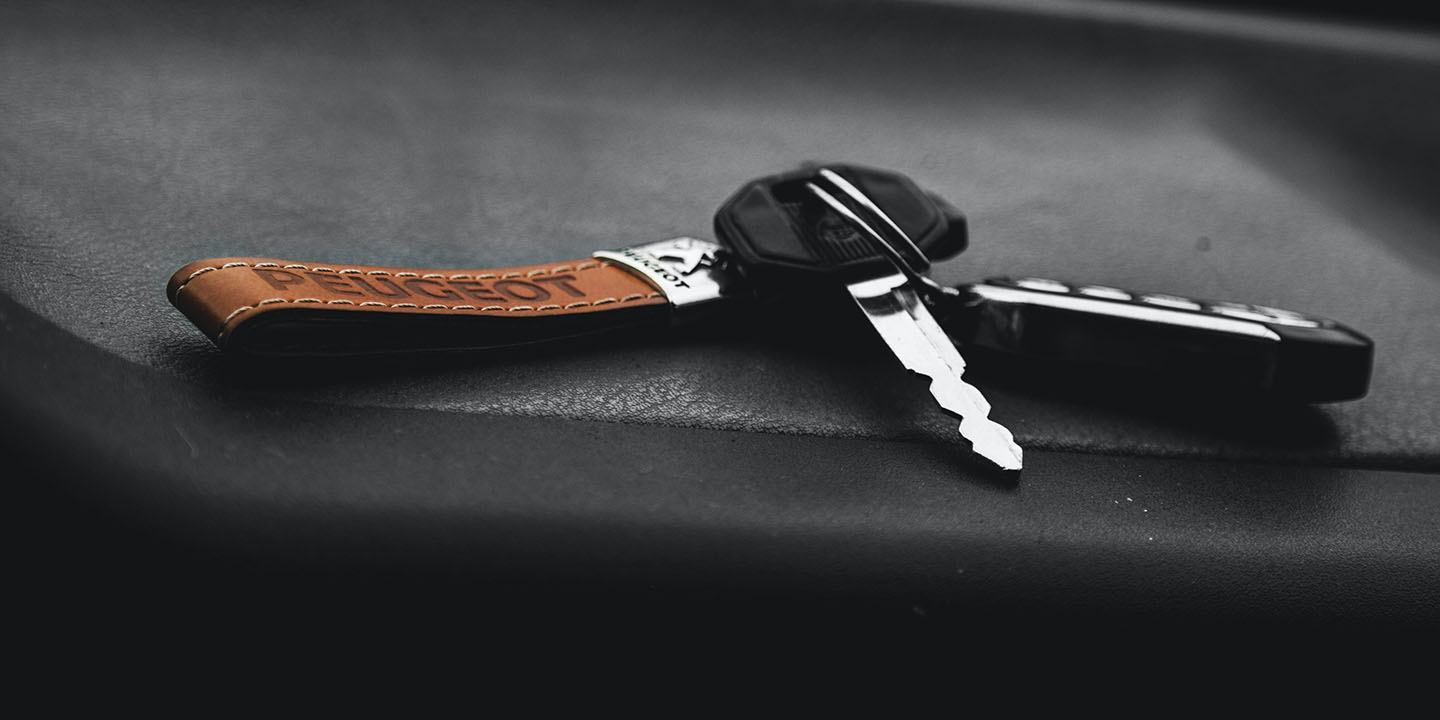Your Next DIY Dream Car
There’s real satisfaction in fixing, fine-tuning, and customizing your own car—but only if the car actually cooperates. Some models are naturally more intuitive to work on, with roomy engine bays, smart design choices, and more helpful features. For hands-on drivers and tinkerers, the 20 cars on this list really stand out. Scroll down to meet your next garage companion.
1. 1990–2000 Honda Civic
Honda’s engineering in this era prioritized simplicity and reliability. The Civic’s engine bay offers room to maneuver, and most components are easily reachable. Parts are also inexpensive and widely available. You can easily swap out an alternator or replace control arms in a single afternoon.
2. 1996–2004 Toyota Tacoma (2.7L 4-cylinder)
A favorite among DIYers, this Tacoma generation has a non-interference engine, which minimizes catastrophic failure during timing belt issues. Its body-on-frame construction makes drivetrain repairs less intimidating. Furthermore, the 2.7L powerhouse is accessible for valve cover gaskets and radiator swaps.
3. 2001–2006 BMW E46 3 Series
Though European, the E46 remains highly modifiable and surprisingly DIY-friendly with the right tools. A wealth of online guides and forums breaks down everything from VANOS seal replacements to cooling system overhauls. Common fixes include thermostat swaps and control arm bushing replacements.
4. 1994–2004 Ford Mustang (SN95/New Edge)
Muscle car enthusiasts praise the SN95’s sturdy parts market and straightforward build. A rear-wheel-drive layout and spacious engine compartments simplify tasks like clutch replacements or exhaust upgrades. The 4.6L V8 and 3.8L V6 engines also allow easy access to timing components.
5. 2003–2011 Honda Element
This quirky crossover combines SUV practicality with Honda’s legendary accessibility. The boxy design enhances under-hood space, making routine maintenance less frustrating. Its K24 powerhouse also shares parts with the Civic and CR-V. Owners commonly tackle valve adjustments, motor mount swaps, and starter replacements themselves.
6. 1990–1997 Mazda Miata (NA)
Compact and minimalist, the first-gen Miata is famously easy to work on. Its naturally aspirated 1.6L or 1.8L engine features an excellent component layout and minimal electronics. The headlight motor replacement takes under an hour, and replacing clutches can be done at home.
7. 1996–2000 Jeep Cherokee XJ (4.0L I6)
This rugged SUV’s inline-six engine is legendary for both durability and ease of repair. Popular DIY projects include replacing the rear main seal and swapping fuel injectors. The car's solid axle suspension and boxy design allow clear access to the drivetrain and underbody parts.
8. 2004–2008 Acura TSX (K24A2 engine)
Built with precision but designed with practicality, the first-gen TSX is a dream for detail-oriented DIYers. The K24A2 engine is durable and forgiving, with ample online support for complex work. The throttle body, coils, and alternator are also easily reachable.
9. 1990–1994 Volvo 240
The Volvo 240 includes under-hood diagrams and removable panels that simplify repairs. With minimal electronic interference and Bosch fuel injection systems, this boxy Swede allows for easy, full brake, exhaust, and suspension overhauls. Many owners even rebuild their automatic transmissions without the use of a lift.
10. 2002–2006 Subaru WRX (GD Chassis)
The WRX's factory service manuals are detailed and widely available. Popular upgrades like intercoolers, downpipes, and sway bars are often bolt-on. While tight engine bays can be tricky, the layout rewards patient mechanics with accessible timing belts and head gaskets.
11. 1990–1996 Nissan 300ZX (Z32, NA version)
Timing belt replacements, injector upgrades, and brake overhauls are all DIY-accessible in the Nissan 300ZX. Yes, the twin-turbo model is notoriously cramped, but the naturally aspirated Z32 offers more space and fewer complications. Removing the T-tops for interior work takes under five minutes.
12. 1999–2005 Pontiac Grand Am (3.4L V6)
Replacing this model’s window regulators and fuel pumps requires no specialty tools. The car's 3.4L V6 engine is basic and widespread, making parts inexpensive and diagnostics straightforward. Intake manifold gaskets are also a common fix, and people often tackle them at home.
13. 1984–1991 Volkswagen Vanagon (Air-cooled and Water-cooled)
These boxy vans provide unparalleled access to components, thanks to their rear-engine, flat layout. Routine maintenance, like valve adjustments and brake bleeding, can be done without lifts. A lot of owners install their own camper features or upgrade the cooling system.
14. 2004–2006 Scion xB (First Generation)
Built with Toyota reliability, the xB has a no-frills design that encourages home repairs. Its 1.5L engine sits in a wide bay, which gives clear access to belts and filters. DIYers tackle interior upgrades, too, and the factory stereo swap takes only about 30 minutes.
15. 1992–1995 Honda Accord (F22 engine)
The F22 engine in this generation of Accord comes with a timing belt that’s easy to replace and valves that can be adjusted without removing the camshaft. Common repairs include distributor replacements and power steering pump swaps. Additionally, access to the fuse box is surprisingly convenient.
16. 2000–2006 Toyota Corolla (E120)
These Corolla models are known for hassle-free repairs. The 1.8L 1ZZ-FE engine is chain-driven, allowing owners to frequently tackle tasks such as motor mount swaps, coolant flushes, and oxygen sensor replacements. The cabin air filter is easily accessible behind the glovebox without tools.
17. 1989–1994 Nissan Maxima (Third Generation)
This front-wheel-drive sedan features an early version of Nissan’s VG30E powerhouse—a tough yet easy-to-maintain powerplant. Minimal electronics and a logical engine bay layout help streamline thermostat changes. Additionally, the ECU resides under the passenger seat and allows for easy code reading.
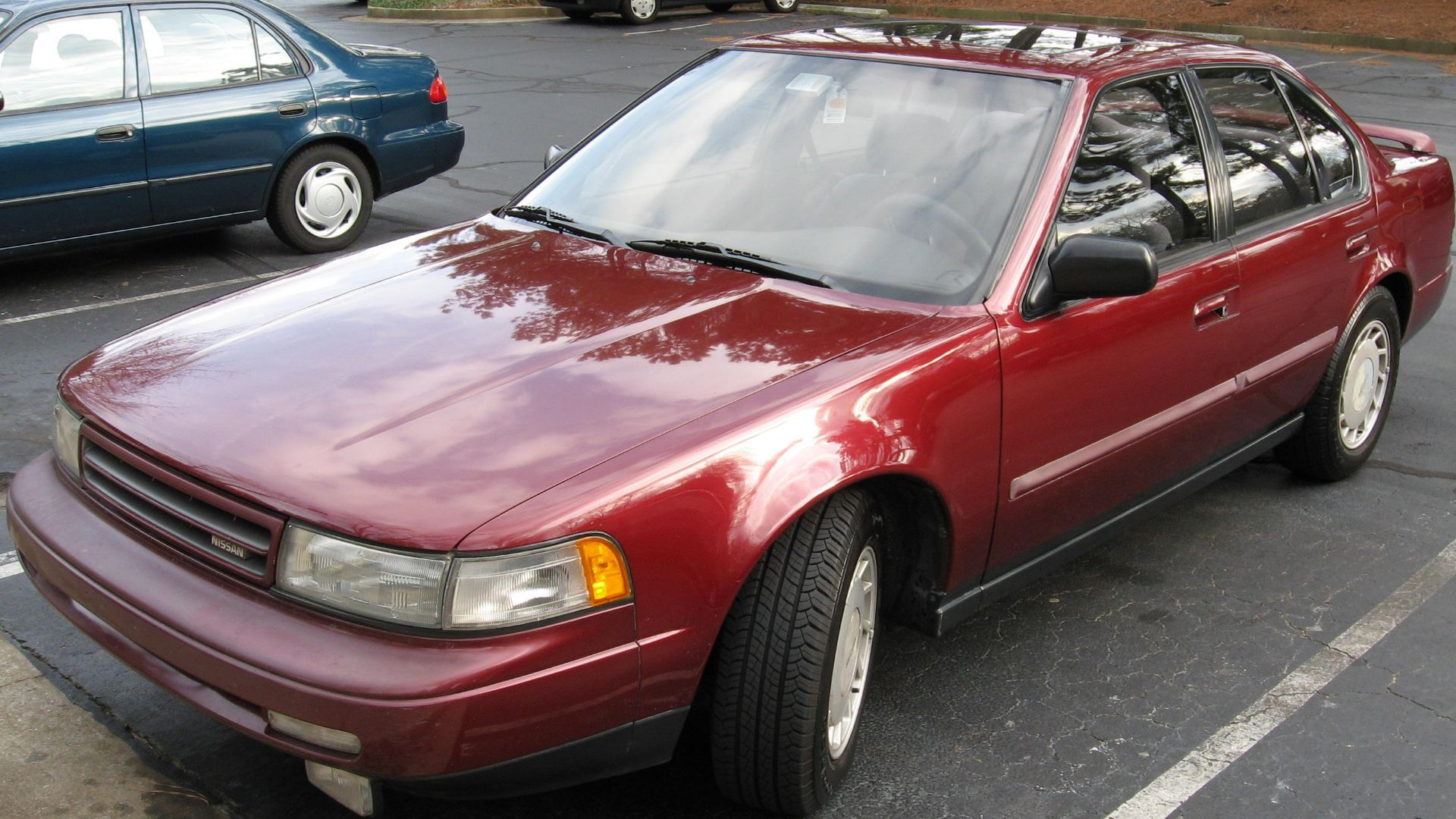 Biomedeng at English Wikipedia on Wikimedia
Biomedeng at English Wikipedia on Wikimedia
18. 1994–2001 Dodge Ram 1500 (5.2L V8)
All second-gen Rams give DIYers room to work. Their Magnum 5.2L engines are durable and accessible, with parts shared across other Chrysler models. Tasks like replacing tie rods or fuel filters are straightforward, while the solid front axle design simplifies front-end repairs.
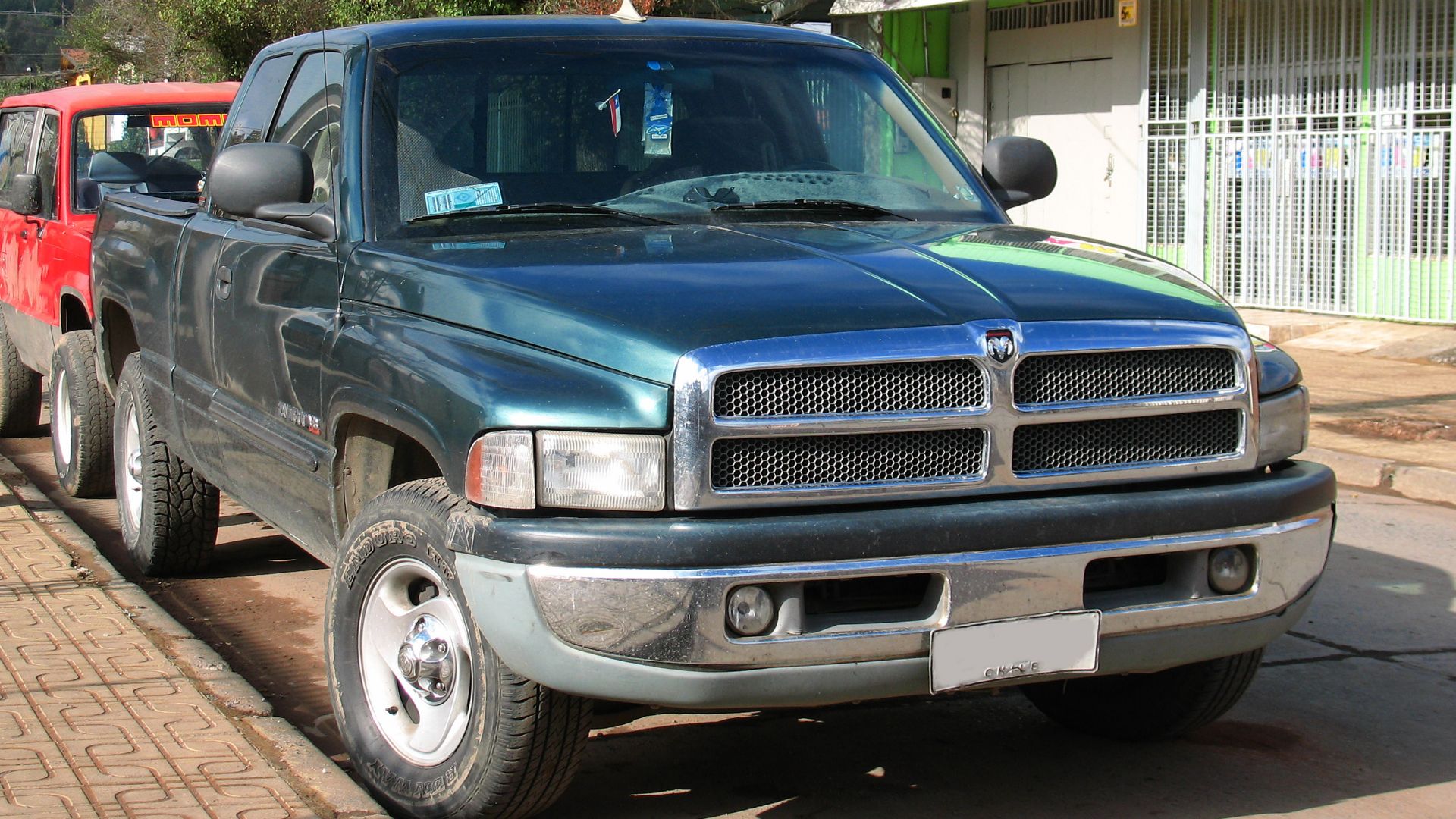 order_242 from Chile on Wikimedia
order_242 from Chile on Wikimedia
19. 2005–2010 Chevrolet Cobalt (2.2L Ecotec)
Despite its economy-car status, the Cobalt is highly serviceable at home. Its 2.2L Ecotec engine is well-documented, with sensors conveniently placed. Common repairs include ignition switch replacements and wheel bearing jobs. The front bumper can be removed in minutes for headlight access.
 Atomic Taco from Seattle, WA, USA on Wikimedia
Atomic Taco from Seattle, WA, USA on Wikimedia
20. 1981–1987 Toyota Pickup (22R engine)
Toyota's Pickup flaunts the legendary 22R, a carbureted inline-four known for its simplicity. The engine compartment is spacious, and nearly every part is designed to be replaced with basic hand tools. Drivers often replace timing chains, rebuild carburetors and swap exhaust manifolds themselves.


